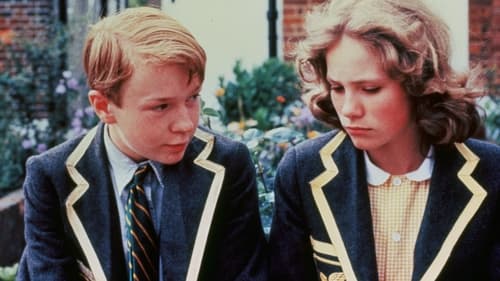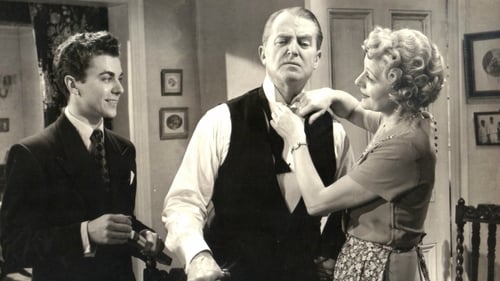
Himself (voice)
Summer, 1948. 14-year-old Alan has just three wishes: that there will be lasting peace, that England will win the Ashes, and that he will finally kiss classmate Ann. So when he's cast opposite her in a play that requires a kiss and England seem to be doing well in cricket, life couldn't be better.

Himself (Voice)
Legendary England cricketer Sam Palmer (Jack Warner) is due to bat in his final test match against Australia. He is desperate for his son Reggie (Ray Jackson) to see his final innings. But Reggie prefers poetry to cricket and when he is offered the opportunity to read his poetry to England's greatest playwright Alexander Whitehead (Robert Morley) on the last day of the test, the relationship between father and son is tested to the limit. As Sam prepares for his final knock, the conflict with his son weighs heavily on his mind, but he is also upset over England's young batsman and ladies-man, Syd Thompson (George Relph), dating the woman whom he hopes to marry.

Technical Supervisor
Through the pattern of this film a ‘Test’ at Lord’s runs like a thread and a broadcast commentary on the match is imposed on the background of cricket as a game, a craft, an interest of a people, a piece of history. The craftsmen are shown who make the ball and the bat–that ‘fourth straight stick’ with which the batsmen defend ‘the other three’. The craftsmen are shown who play the game, from W. G. Grace in the ‘nets’ to D. G. Bradman and Denis Compton in the thread of the ‘Test’. The history of the game is epitomized in the Long Room shots at Lord’s and from there the camera moves to the village green; to the London side- street where the urchins play on a ‘bumping pitch’; to South Africa, and India, where in the ‘blinding light’ there is often ‘an hour to play and the last man in.

Narrator(voice)
Through the pattern of this film a ‘Test’ at Lord’s runs like a thread and a broadcast commentary on the match is imposed on the background of cricket as a game, a craft, an interest of a people, a piece of history. The craftsmen are shown who make the ball and the bat–that ‘fourth straight stick’ with which the batsmen defend ‘the other three’. The craftsmen are shown who play the game, from W. G. Grace in the ‘nets’ to D. G. Bradman and Denis Compton in the thread of the ‘Test’. The history of the game is epitomized in the Long Room shots at Lord’s and from there the camera moves to the village green; to the London side- street where the urchins play on a ‘bumping pitch’; to South Africa, and India, where in the ‘blinding light’ there is often ‘an hour to play and the last man in.



